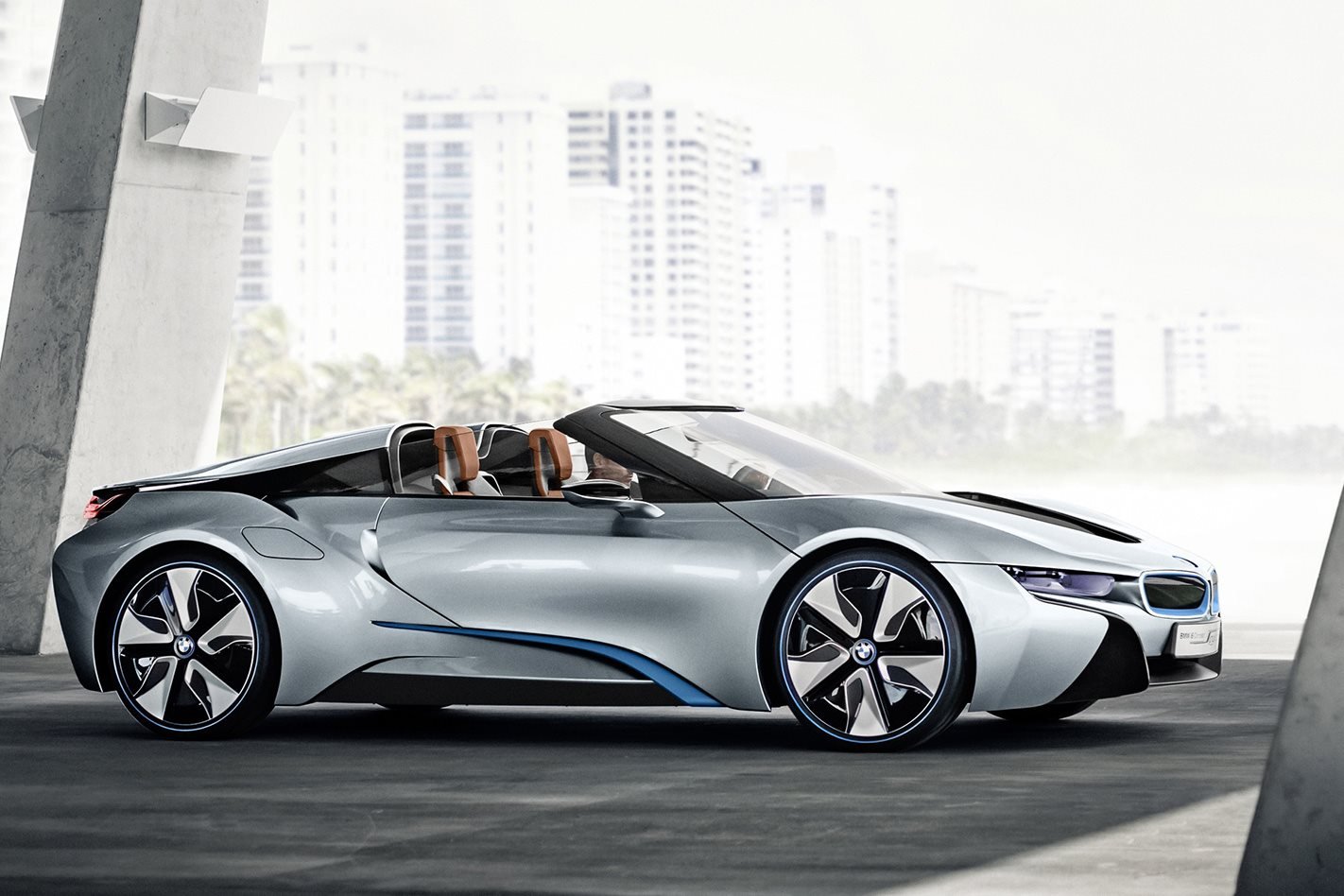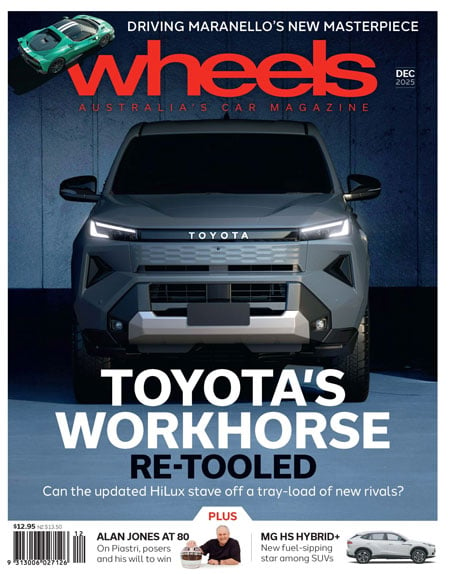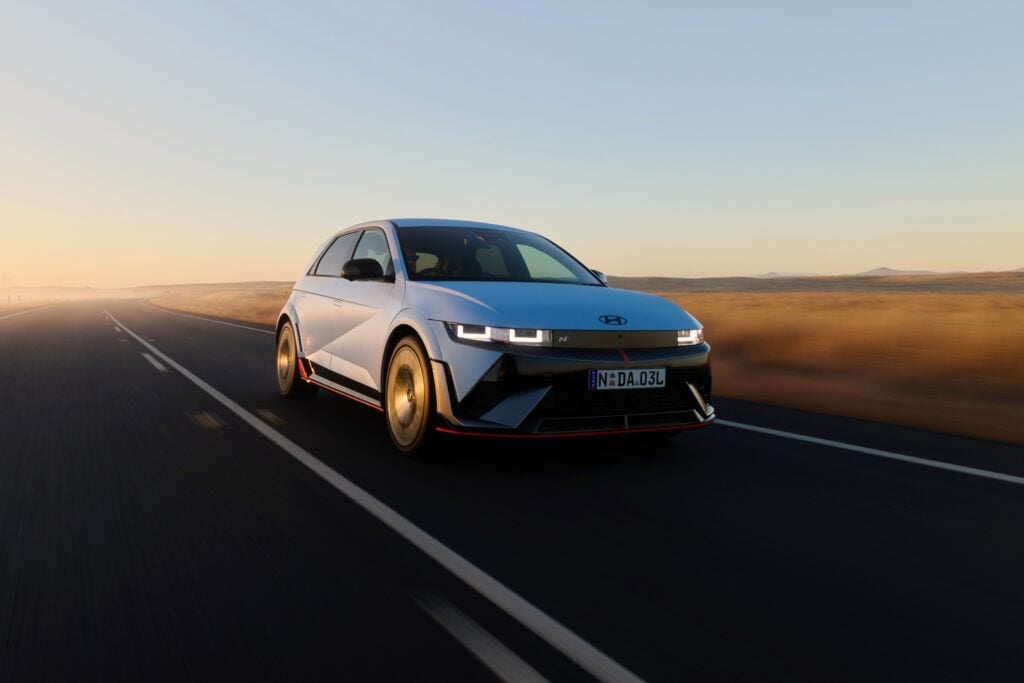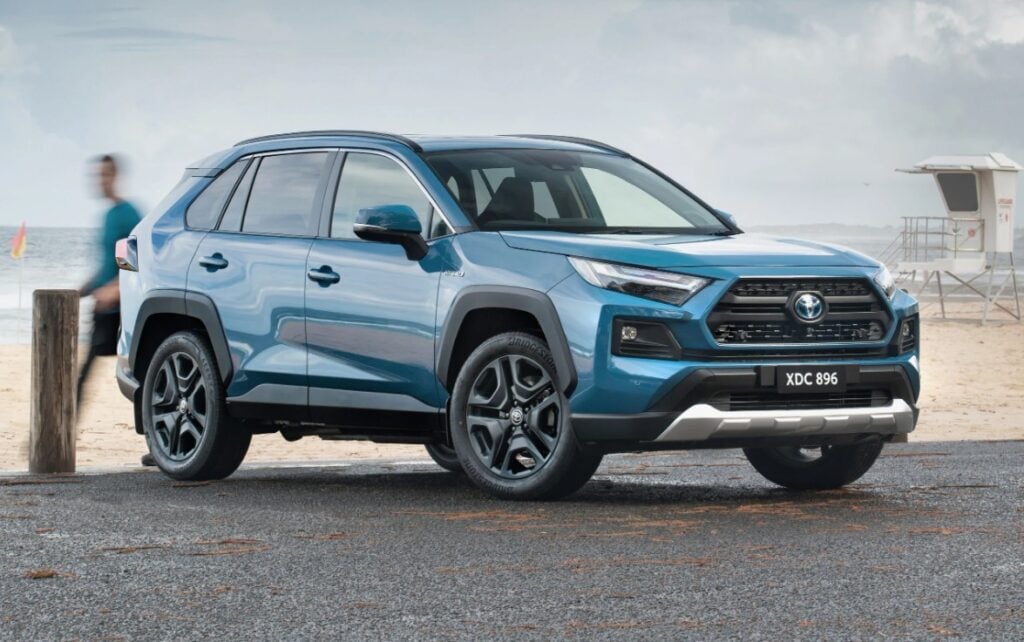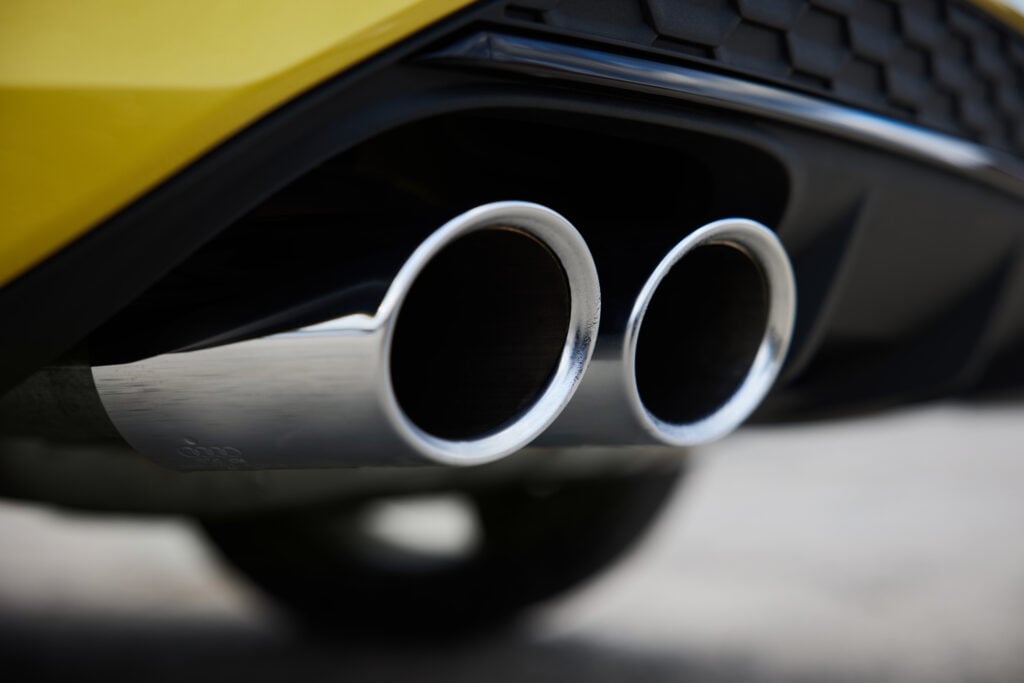THE head of BMW’s “i” sub-brand believes hydrogen is dead, and more performance-oriented hybrids could be in the works.
Alexander Kotouc, the head of the German luxury brand’s i Product Management division, says he believes the infrastructure to support a battery-powered future is likely to displace a hydrogen-fuelled one, even before the technology has its day.
“If you ask me personally, the future is fully electric,” he said at last week’s launch of the BMW 530e iPerformance, the latest plug-in model to join the car maker’s growing petrol-electric hybrid line-up in Australia.
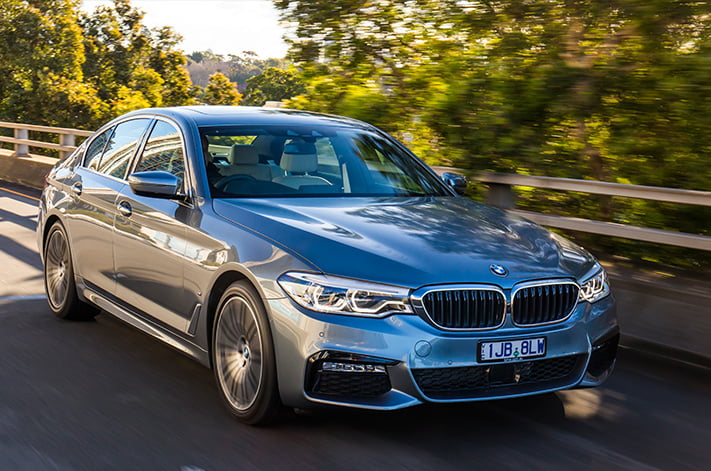
“Fuel cell, from my point of view, is still a battery car but it has a different kind of powered battery, but I would also surmise it as under driving electrically.
“And as you know, we have something like a hybrid fuel cell cooperation with Toyota, so we are looking into this as well.
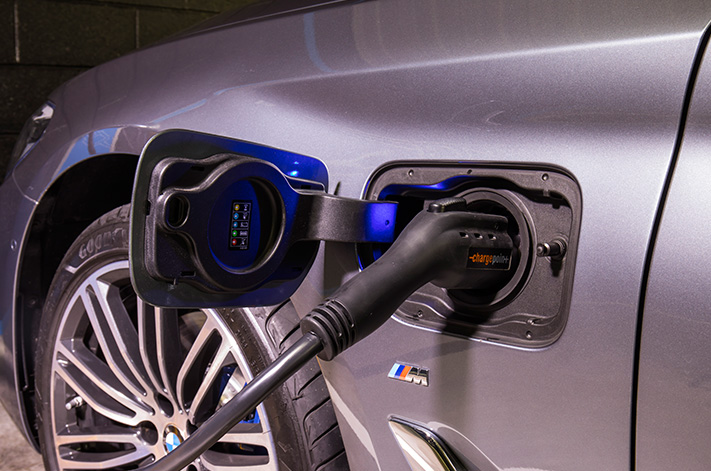
“So the technology is perfectly fine, we are really looking into that, but it doesn’t make sense to really offer it on a mass scale to consumers if they really don’t have anywhere to charge up the cars.”
But while a battery-powered future, potentially minus hydrogen, appears certain, electrons are unlikely to dominate in any vehicles that wear an M badge. Kotouc says while electromobility has its advantages, it isn’t what M is about.
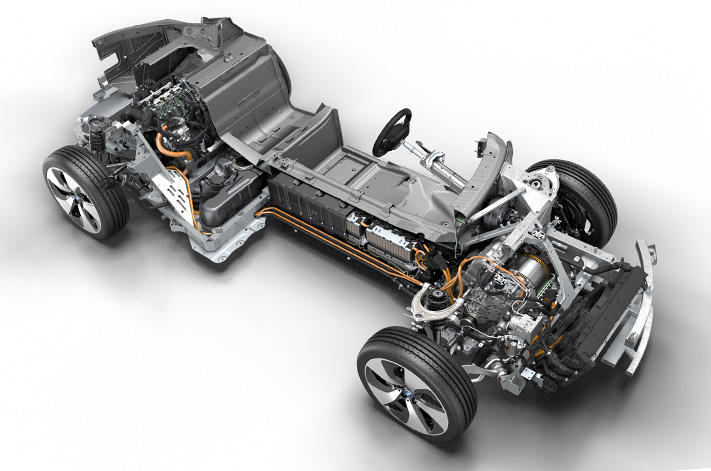
“The M3 as we know is already a fast vehicle, but if we built a bigger vehicle with a bigger engine in this car it will be really, really fast.”
That engine is likely to be a blend of the “i” technology built for cars such as the triple-cylinder petrol-electric hybrid i8 supercar, and the emotive, engaging engines on which M has stamped its reputation, creating something of an “iM” mash-up – its proper name is still open to discussion.
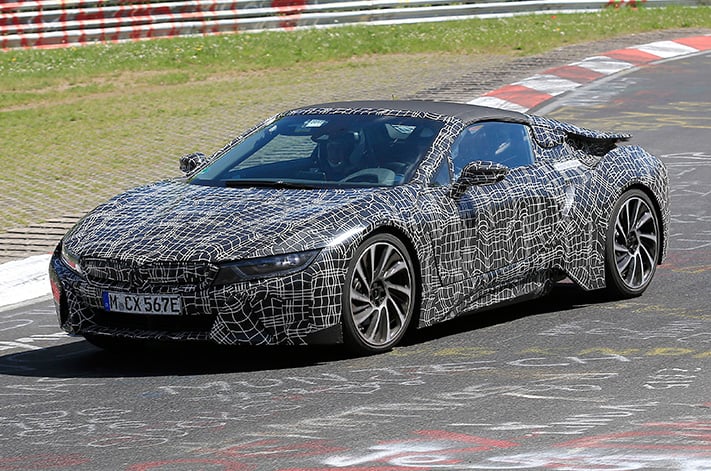
“In the very short term when we bring the open [convertible] version of the i8 it will still be a classical i8,” he says. “So we will still have the three-cylinder engine, and I think we are doing a good job.
“But in the mid-term I think the discussion is – is it really worthwhile to really consider offering them [the “i” and M sub-brands] differently?
“It’s not like M and i are opposite bookmarks. Many people say ‘Okay, ‘M’ is like the old world, and ‘i’ is like the new world’, but I never saw it like this,” Kotouc says.
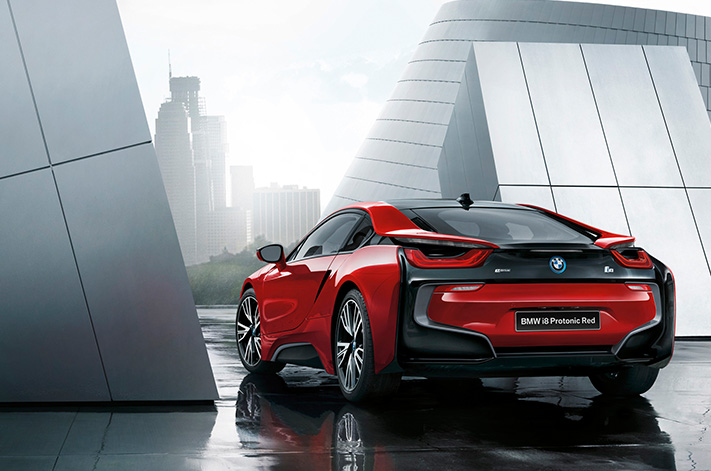
Kotouc says BMW is already getting a steer from customers that they like the blend of a hybrid package with a performance emphasis in more mainstream models, such as the plug-in X5 xDrive40e and the 330e iPerformance.
“At the plug-in hybrids, most of the cars we sell are sold as a sports package, so people are willing to go into a car that partly does electric,” he says.
“But they still want to go for looks and the feel of an M Sports package, which tells me these are not two separate worlds, but actually they are perfectly welded together.
“If we build something like a really high-performance, even supersport electric car, why shouldn’t it be something like an ‘iM’ car?
“We’re not decided on a name, we don’t have it yet, but I don’t think it’s like opposite areas. It could well go together.”

